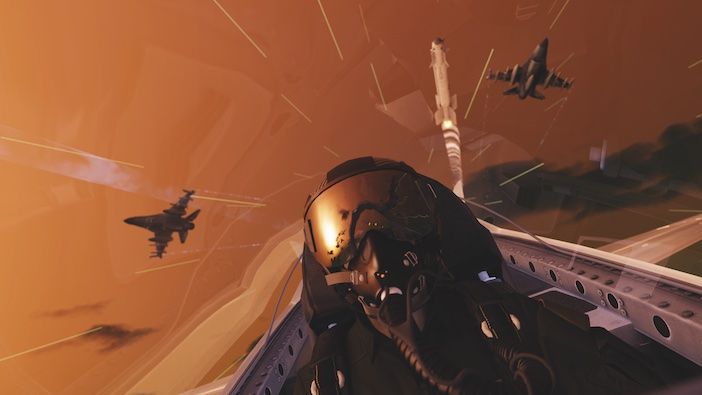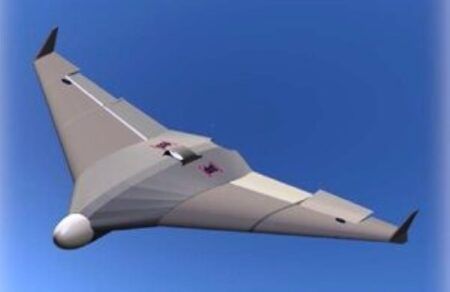The first training flight that uses augmented reality to simulate a mission involving multiple aircraft has been conducted in the USA.
The successful demonstration flight, which was run by startup Red 6 from California’s Santa Monica Airport is a key step towards the greater use of so-called synthetic air combat training by air forces.
The flight was conducted using two Berkut 540s connected in a common augmented reality (AR) environment that also displayed a KC-46 Pegasus Tanker. Red 1 conducted a training mission on the AR refueling tanker while Red 2 was able to observe Red 1 and the AR Tanker in real time.
Daniel Robinson, founder and CEO of Red 6 said, “We are thrilled that our thesis has been validated and this achievement is a major step forward towards the creation of an outdoor military metaverse in which all war fighters, across all domains can train together.”
Red 6’s AR system, called the Airborne Tactical Augmented Reality System (ATARS) displays digital targets to the pilots via a display mounted in the pilot’s helmet. The company has also developed the Combined Augmented Reality Battlespace Operation Network to simulate and share the simulated mission live during a flight.
Brandon Harris, F-22 and Red 6 test pilot said, “Never has it been possible for multiple pilots to communicate simultaneously in AR like this. Today was a historic milestone for not just Red 6, but for the overall AR industry. One day this training will produce the most elite war fighters in the world.”
AR and virtual reality (VR) are cautiously being introduced into fighter aircraft and defense systems. For example, the F-35’s helmet uses AR to superimpose information about telemetry and targets on video footage captured from around the fighter jet.
Red 6 is working with the US Air Force to integrate ATARS into the T-38 Talon jet trainer and other training aircraft under a US$70 million, five year contract.
Cengiz Turkoglu, a senior lecturer in safety engineering at Cranfield University’s centre for safety and accident investigation has worked on several projects that investigate the use of AR and VR in aviation training. He said, “Some of the studies we have done reveal challenges for the effective use of this technology and that the number of applications may be limited.
“Ergonomics is a key challenge. Humans are biologically diverse and this technology effects people in different ways. Hardware needs to be designed in a way that accounts for human variability.
“There are also some concerns of extreme use of VR tools causing deterioration of eyesight, which is especially vital for pilots. There are a lot of unknowns about some of the effects.”





